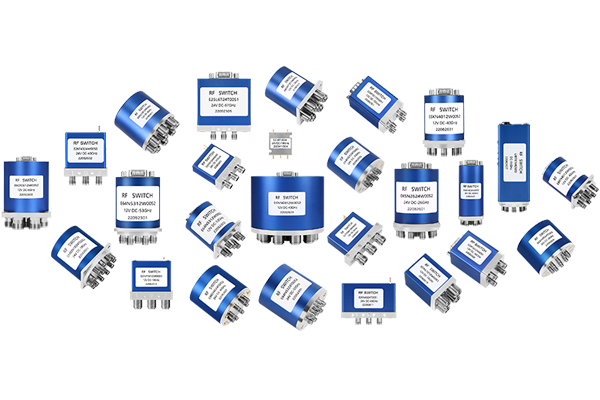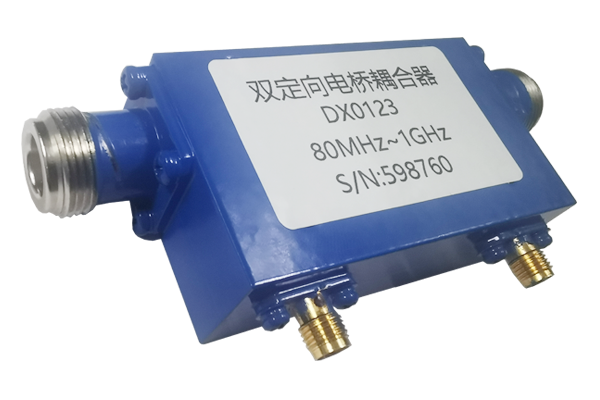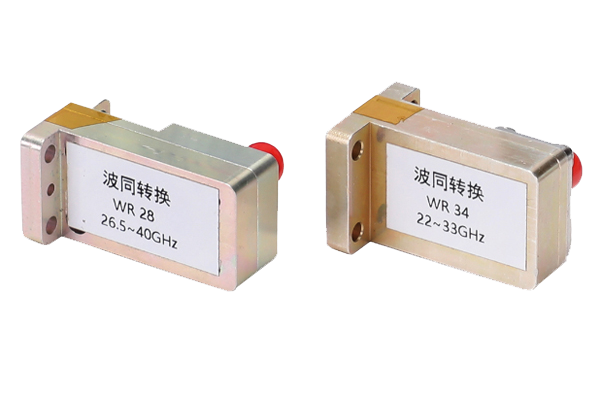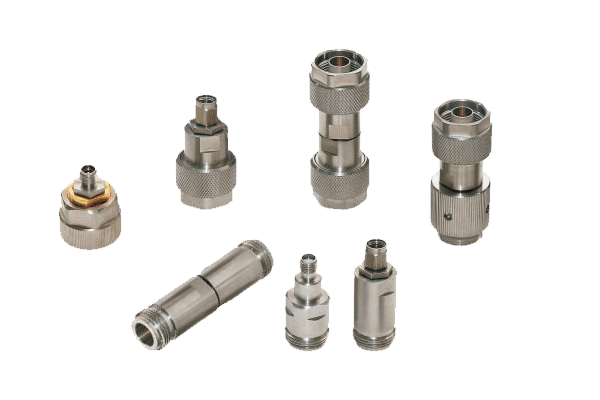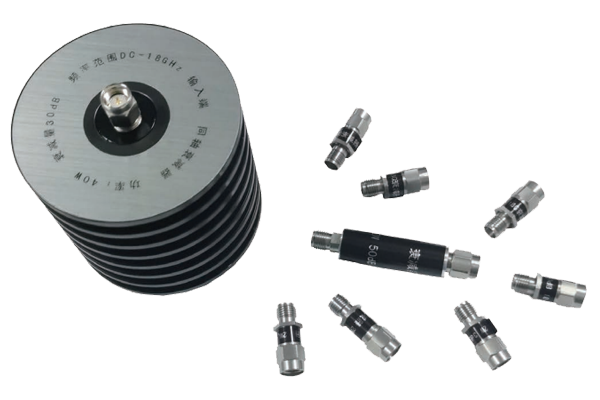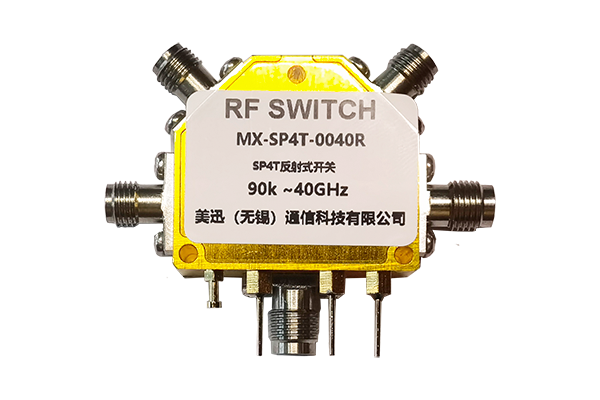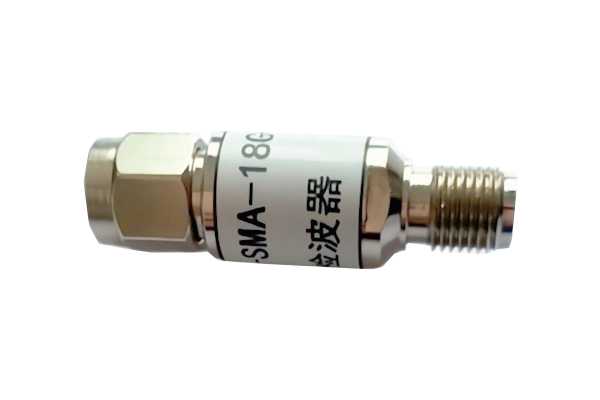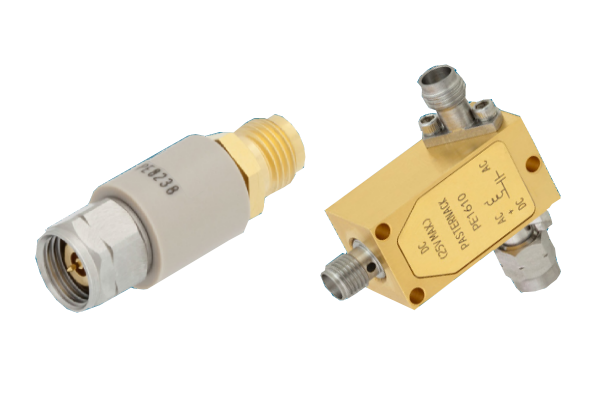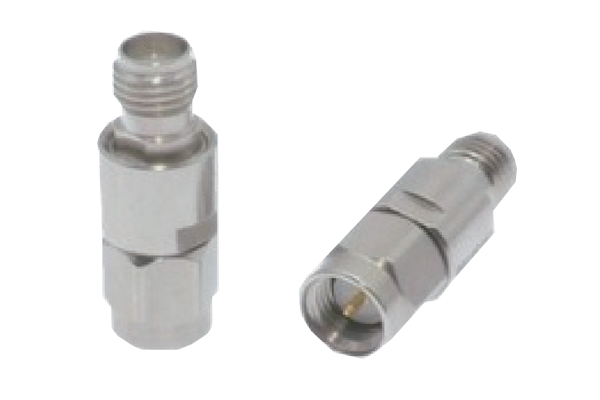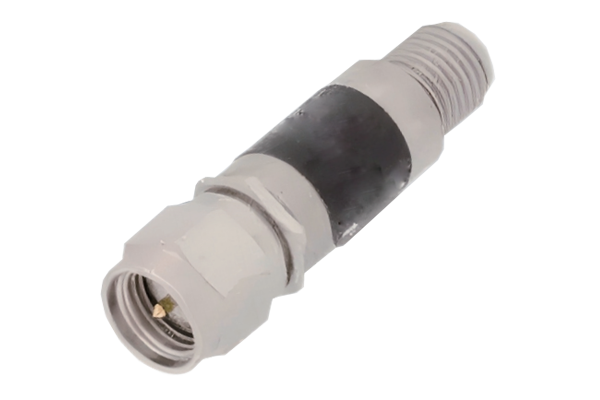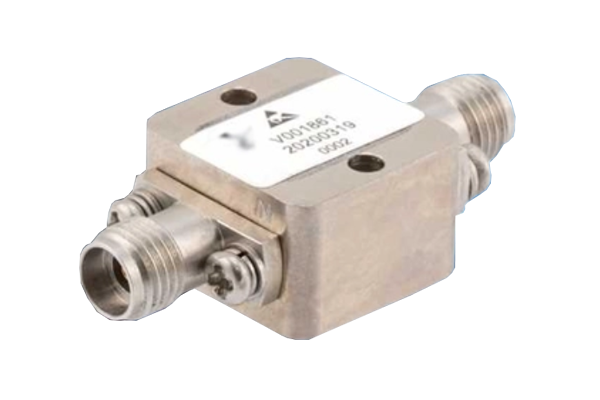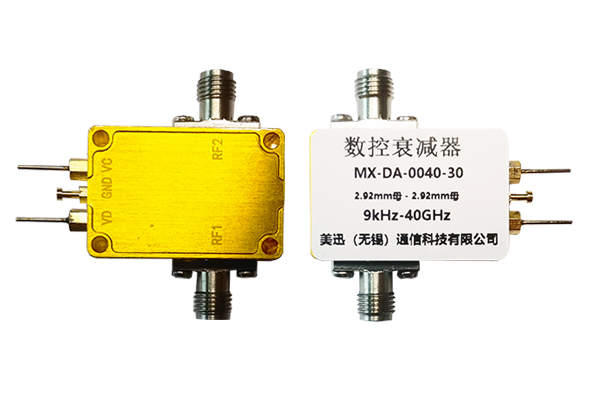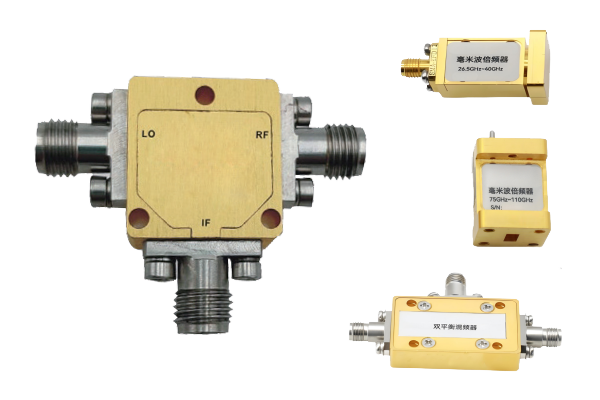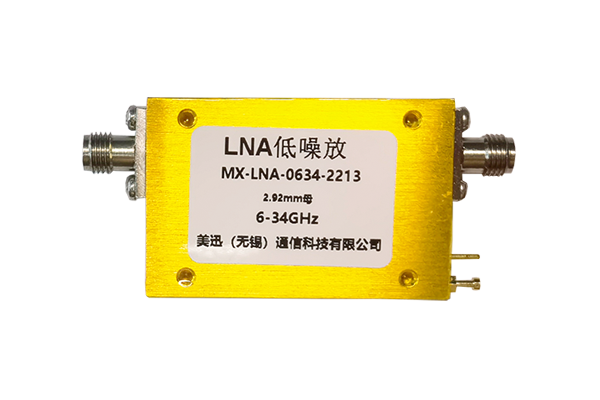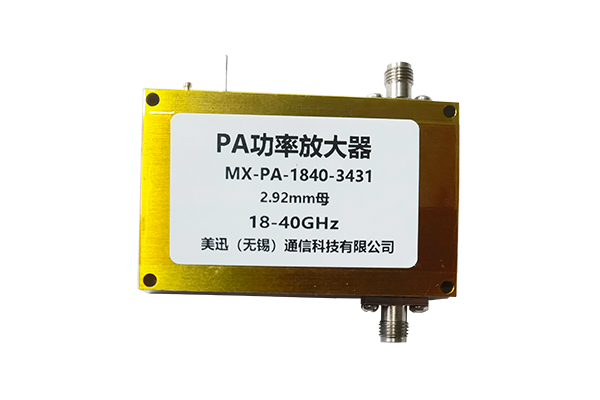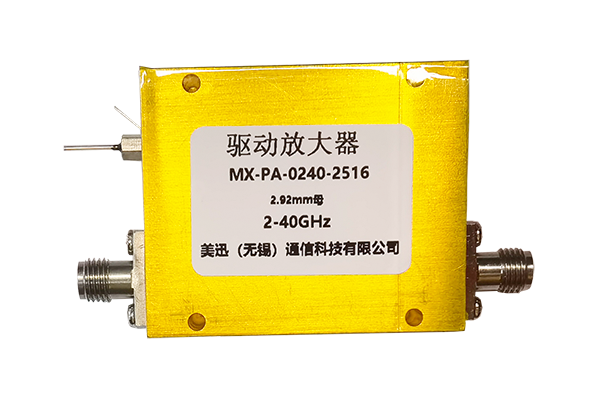How to optimize the thermal management of the PIN diode switch
Heat sink design
Choosing a heat sink material with high thermal conductivity, such as aluminum or copper, can quickly conduct heat away from the PIN diode. According to the power consumption and size of the diode, the shape and size of the heat sink are designed to increase the heat dissipation area. For example, the use of fin-type heat sinks can significantly improve the heat dissipation efficiency. At the same time, ensure that there is good contact between the heat sink and the diode. Thermal conductive silicone grease can be used to fill the gap to reduce thermal resistance.
PCB layout optimization
In the printed circuit board (PCB) design, sufficient copper area is allocated to the PIN diode switch as a heat dissipation layer to conduct heat through the PCB. Place the diode in a well-ventilated location and avoid being too close to other heating components to prevent heat accumulation. Reasonably plan the routing to reduce the resistance of the current path and reduce the additional heat generated by the current.
Forced air cooling
For PIN diode switches with high power consumption, fans can be used for forced air cooling. Select a fan with appropriate air volume and static pressure according to the heat dissipation requirements and install it in a position that can effectively take away heat. At the same time, design the air duct so that the air flow can flow evenly through the diode and heat sink to improve the heat dissipation effect.
Thermal simulation and testing
In the design stage, use thermal simulation software to simulate and analyze the thermal performance of the PIN diode switch and predict its temperature distribution under different working conditions so as to optimize the heat dissipation solution in advance. After the product is manufactured, actual thermal testing is performed to measure the temperature of the diode, and the heat dissipation design is adjusted and improved based on the test results.
Package selection
Choose a package with good heat dissipation characteristics. Some packages are designed with heat dissipation in mind and can more effectively transfer internal heat to the outside. In addition, the thermal conductivity of the packaging material will also affect the heat dissipation effect, and packaging materials with good thermal conductivity should be preferred.



